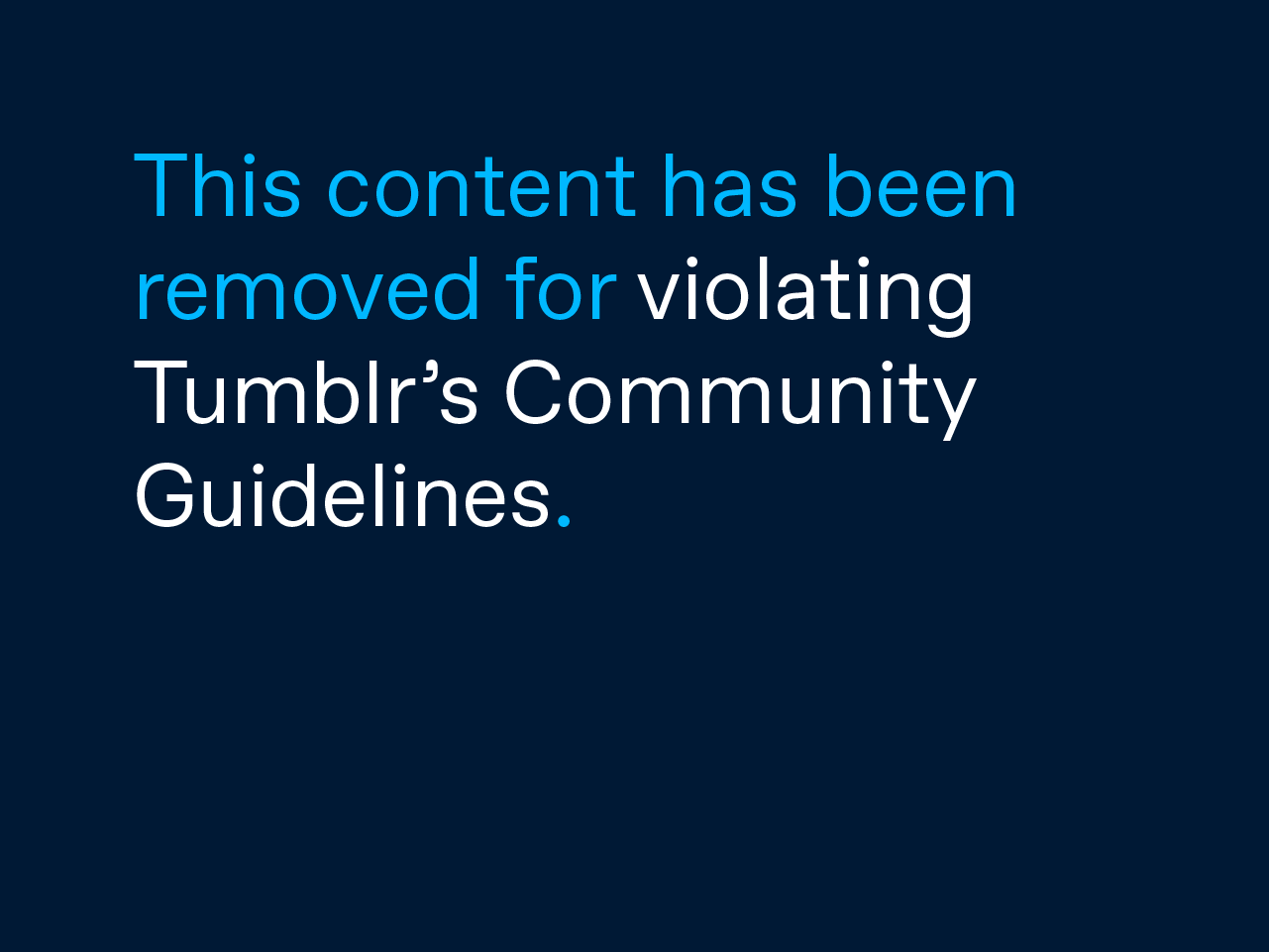hello guys!!!
with my new found obsession with colours, i decided to share with you today the principle of colours.
Understanding the act of mixing colours is a huge necessity and even though mixing colours shouldn't be restrictive, knowing what works well with what is exactly what you need for that pop or wow effect when it comes to working and styling your outfits.
unlike art this isn't a talent its a skill.
the rules for mixing colours are really easy, here are a few guides to mixing colours using the colour wheel.
3. Colors that form right (90 degree) angles with each other: (i.e. yellow and red-orange; blue and violet-red; green and orange, etc.)
4. Colors directly across from each other (Complimentary Colors): all colors have complements, and they look best in contrast to each other(i.e. yellow and violet; blue and orange; red and green, etc.)
5. Colors that form a T: Any three colors adjacent to each other will automatically go well together (i.e. blue, orange, and violet-red; yellow, violet, and red-orange; yellow, blue-green, and red-orange, etc.)
6. Colors that form an X (i.e. blue, orange, violet-red, and yellow, violet, blue-green, and red-orange, etc.)
7. Use shade (the principle of ombre-ing): This idea seems basic, but when executed correctly, appears modern and chic. Utilizing only one color lengthens and streamlines the body.
Different
shades of the same color or similar colors almost always look good together
(yes, this includes red and pink). If you need some help, do a Google image
search for "ombré [insert color here]" and see what pops up.
- Black may go with everything, but there are two colors it does not go well with. Don't pair it with navy blue. They are too close, but not quite to look good together. The other is brown. Don't pair black with brown unless you're really really certain.
- White and cream also do not go together, because it makes it look as though you were trying to match your colors and failed (cream and brown, however, go together very well).
- Brown and grey don't go well together, either. They are both too neutral and more or less colorless to enhance one another.
- Colors that are a part of a “color family” also apply. So for instance, you can substitute pink with red and still be able to pull off the combos based on the color wheel (i.e. we see that blue and red form a right angle with each other–then in Elise Neal’s outfit she wore fuchsia and cobalt blue). Get it? Good.
- Since brown is a neutral, it will go with virtually any color on the color wheel. I love to pair a chocolate brown with cobalt blue or fuchsia or bright red—such a fun and bold combo. Of course white, black, and the hues of blue found in denim are also neutrals that go with just about anything.
- As for accessories, When choosing jewelry, pair gold (or gold-toned) jewelry with your warm colored outfits. Warm colors have a yellow, gold, or orange undertone to them. Wear silver (or silver-toned) jewelry with your cool colored outfits. Cool colors have a blue, pink, or red undertone to them. Since colors are broken down by hue, temperature, intensity, and tone any single hue can be either warm or cool. Just look at the undertones.

















Super informative and fun to read article! I enjoyed it :-)
ReplyDeletehttp://juanamaua.blogspot.com
glad you learnt something yvonne.x
DeleteNice post.
ReplyDeleteKinda reminds me of my art class studying the colour wheel.
The colour concept when it comes to outfits is Quite simple if people take a closer look :)
Www.kazinidaily.com